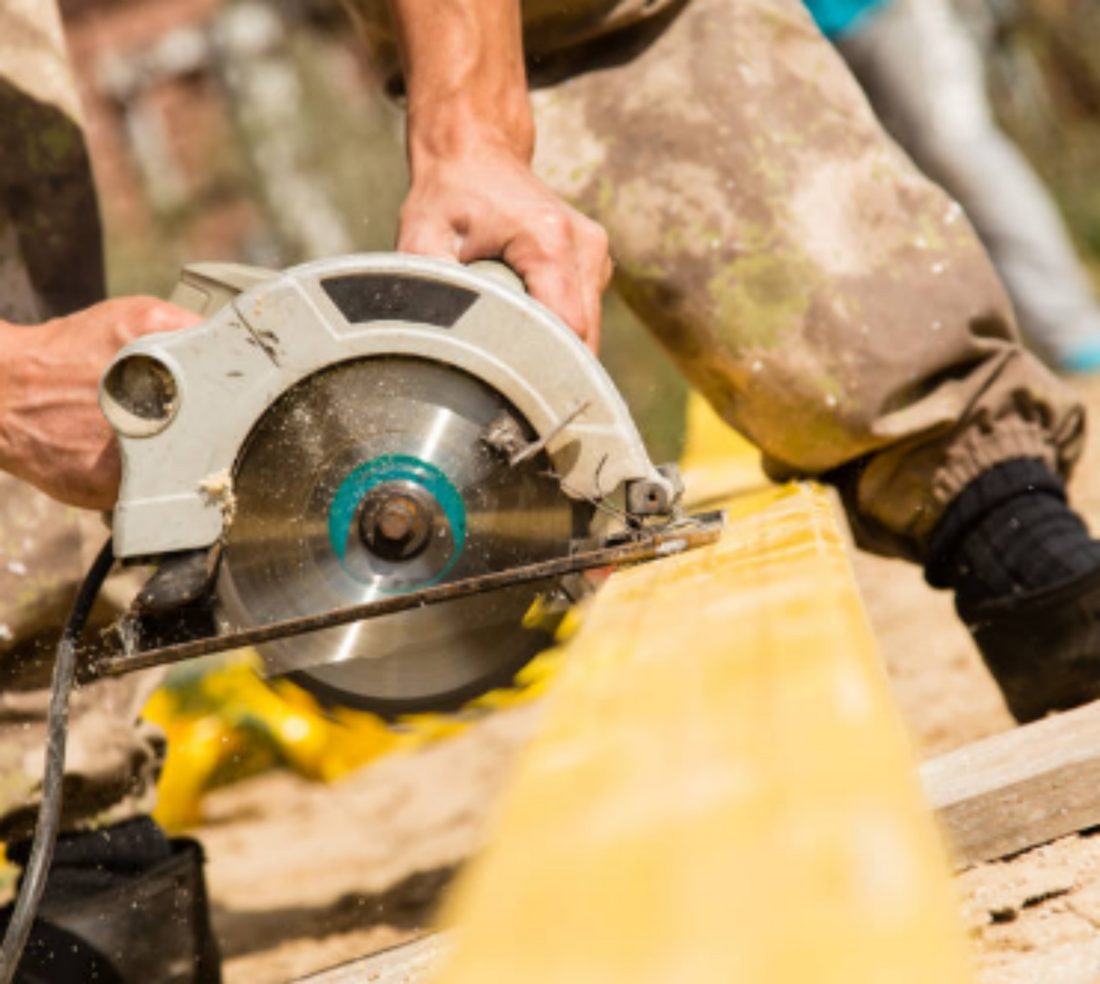
When it comes to precision glass polishing, achieving a flawless finish is critical. However, glass polishers and diamond wheels often face challenges such as edge chipping, which can affect the quality of the final product. This comprehensive guide combines knowledge from three expert sources to help you solve and prevent common problems related to diamond wheels and glass polishing.
Understanding the Causes of Glass Polishing Problems
1. Troubleshooting the Blade
- Incorrect Blade Selection: Using the wrong type of blade or diamond wheel for glass material can lead to ineffective polishing and premature blade wear.
- Inadequate Cooling: Overheating due to insufficient cooling can cause premature blade wear and result in poor polishing performance.
- Incorrect Speed Settings: Operating at incorrect speeds can result in excessive heat or inadequate cutting efficiency.
2. Control Methods for Edge Chipping in Glass Polishing
- Proper Wheel Dressing: Regularly dressing your diamond wheel ensures that it maintains its optimal cutting profile, reducing the risk of chipping.
- Optimal Polishing Conditions: Adjusting polishing parameters such as feed rate and depth of cut can significantly influence edge quality and reduce chipping.
- High Quality Diamond Wheels: Investing in high quality diamond wheels with the proper specifications for glass polishing can greatly minimize chipping and extend the life of the wheel.
3. Reasons for Diamond Wheel Chipping
- Wheel Quality Issues: Low quality diamond wheels are more prone to chipping and may not provide consistent performance.
- Incorrect Bond: The bond strength of diamond segments must match the polishing requirements. Poor bonding can lead to segment loss and chipping.
- Incorrect Wheel Alignment: Wheel misalignment can cause uneven grinding and excessive stress, leading to chipping.
Key Recommendations for Optimal Glass Polishing
Based on the insights from these articles, here are some practical recommendations to improve your glass polishing process and reduce problems like edge chipping:

1. Select the Right Blade
Choosing the right diamond wheel for your specific type of glass is crucial. Make sure the wheel is designed for the material you are working with for optimal results.
2. Maintain adequate cooling
Use proper cooling methods, such as water or air cooling systems, to prevent overheating. Constant cooling helps maintain the integrity of the blade and prolongs its life.
3. Adjust Speed and Feed Rates
Adjust the speed settings and feed rates on your polishing machine based on the type of glass and diamond wheel used. Correct settings prevent excessive heat and improve polishing accuracy.
4. Regular Wheel Dressing
Regularly dress your diamond wheels to maintain their cutting efficiency. This practice helps keep the wheels sharp and minimizes the risk of chipping.
5. Use High Quality Wheels
Invest in high-quality diamond wheels with the proper bond and diamond concentration. Quality wheels are less likely to chip and offer better performance.
6. Ensure Correct Alignment
Make sure the diamond wheel is properly aligned with the polishing machine. Proper alignment helps with uniform polishing and reduces unnecessary stress on the wheel.
7. Monitor Polishing Conditions
Observe the polishing conditions, including cutting depth and feed rate. Adjust these parameters as needed to ensure a smooth polishing process and prevent edge chipping.
Conclusion

Table: Common Problems and Solutions in Glass Polishing
| Problem | Cause | Solution |
|---|---|---|
| Blade Wear | Incorrect blade selection, overheating | Choosing the right blade, ensuring adequate cooling |
| Edge Chipping | Wheel dressing, polishing parameters | Regular wheel dressing, adjust polishing parameters |
| Diamond Wheel Chipping | Low quality wheel, wrong binder | Use high quality wheels, ensure proper binder |
| Misalignment | Wheel misalignment | Correctly align the diamond wheel |
Effective glass polishing requires a combination of the right tools, correct techniques, and careful maintenance. By addressing the factors that lead to blade problems, edge chipping, and diamond wheel chipping, you can significantly improve the quality of your glass polishing operations. Adhering to the recommendations outlined in this guide will help you achieve superior results and extend the life of your equipment.

By integrating knowledge from trusted sources and applying best practices, you can ensure a smoother, more efficient glass polishing process with minimal issues. For more information, always consult expert resources and manufacturer guidelines tailored to your specific needs.

